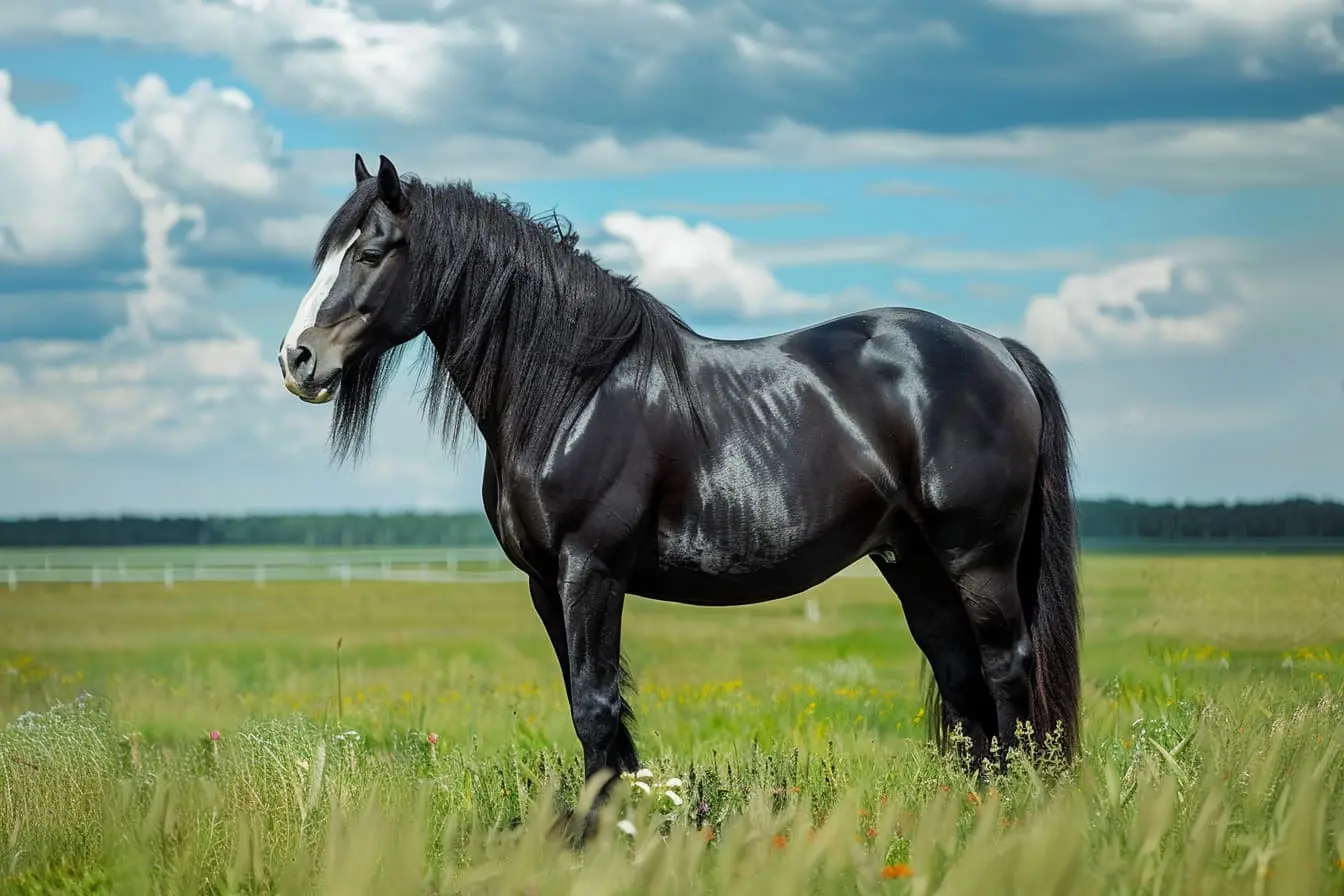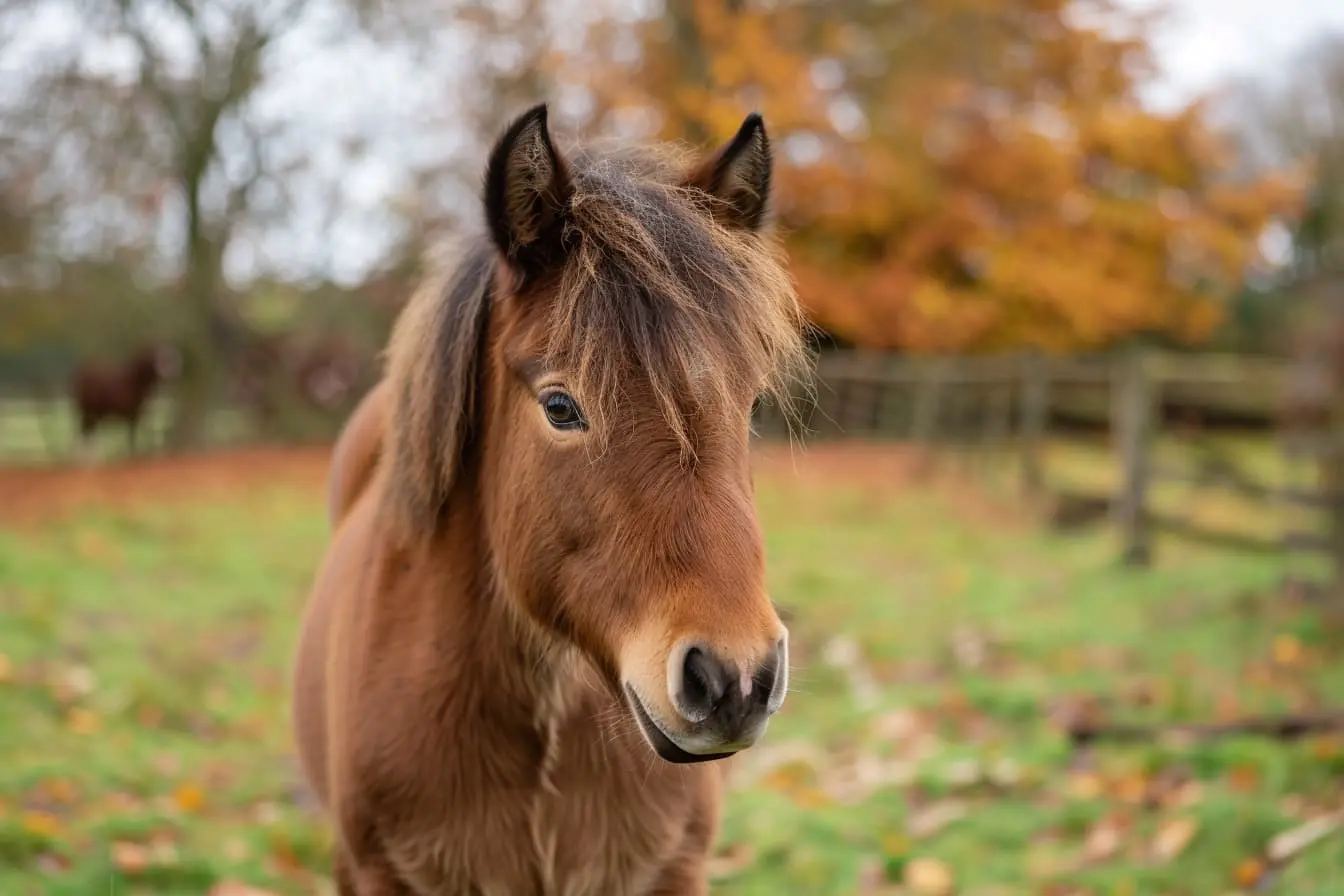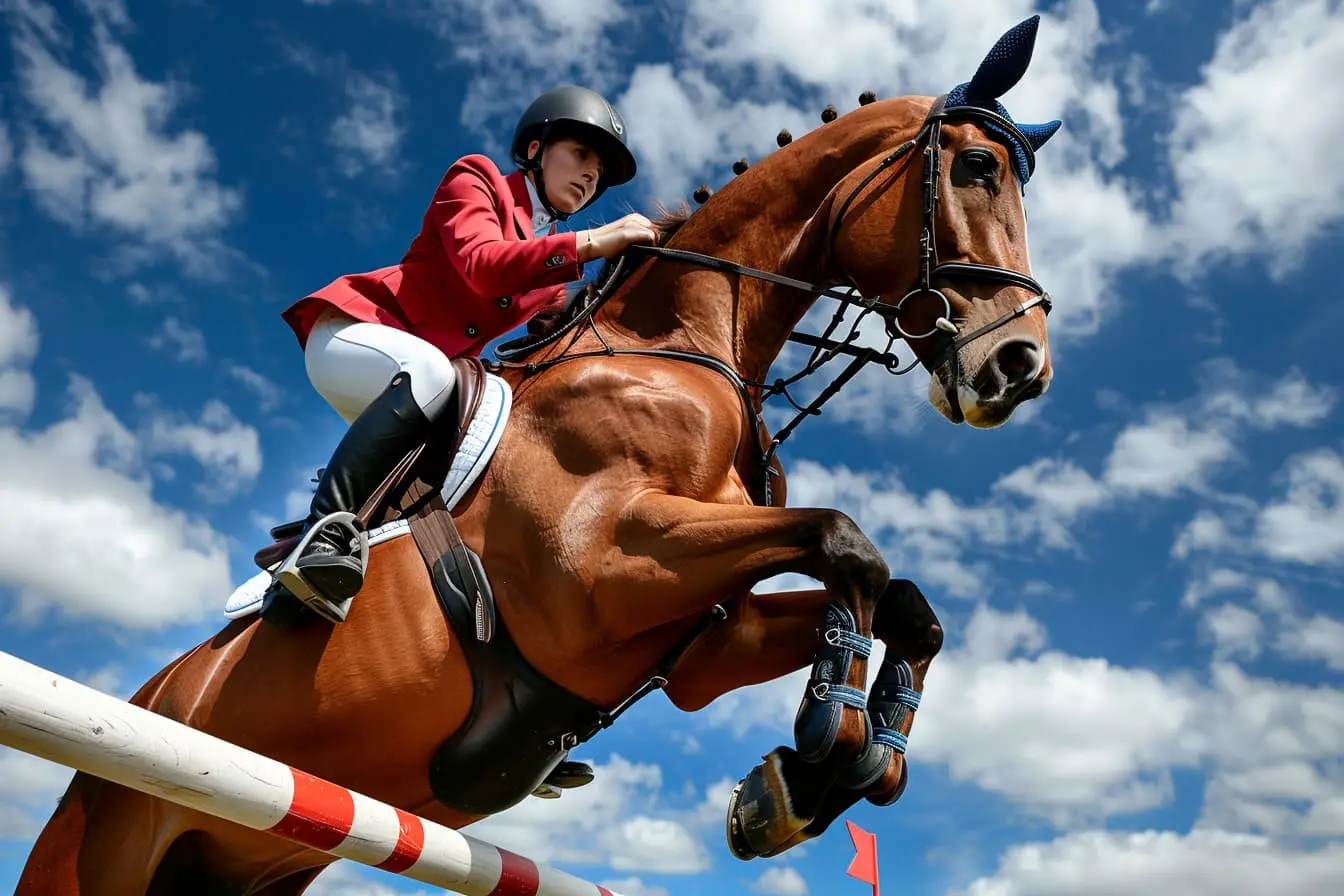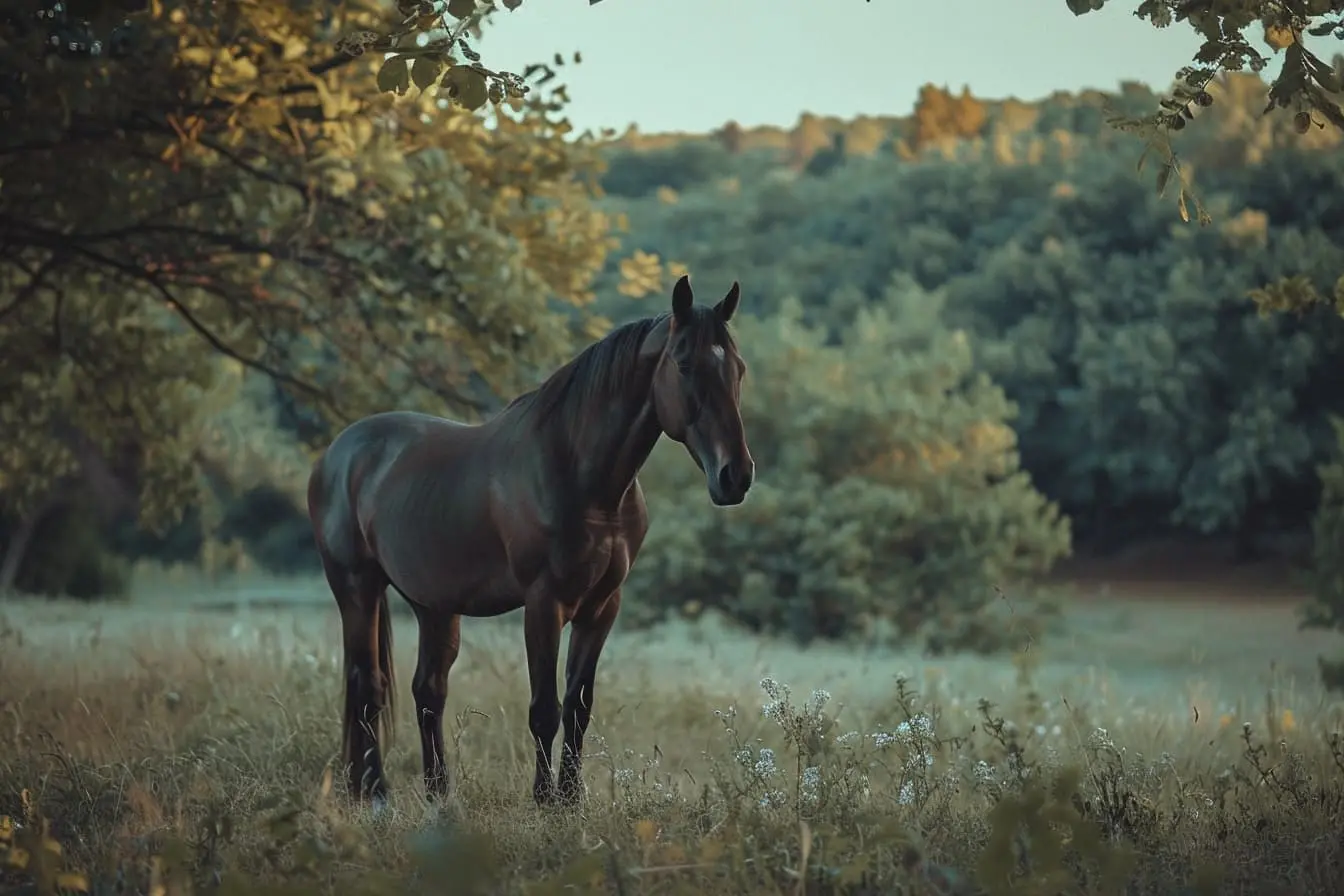
Stepping into the World of Shire Horses: A Guide for Prospective Owners
The decision to own a horse is significant, more so when the breed in question is the majestic Shire. Renowned for their size, strength, and gentle disposition, Shire horses have a storied history and offer a unique experience to their owners. This guide is designed for those considering the noble Shire horse, providing an in-depth look at the breed, the responsibilities of ownership, and factors to consider before making your decision. Whether you're attracted to their impressive stature, historical significance, or the gentle nature of these giants, understanding what owning a Shire entails is crucial for a fulfilling experience.
Understanding the Shire Horse
History and Heritage
Originating from the United Kingdom, the Shire horse is a breed of draft horse known for its immense power and height. Historically, they were used for farm work, pulling heavy loads, and even as war horses due to their strength. Today, while their role in agriculture has diminished with modern machinery, they are sought after for show, recreational driving, and as gentle companions.
Characteristics and Temperament
Shire horses are among the largest breeds, with stallions standing 17 hands (68 inches) or more, and weighing up to 1,200 kilograms. They are most commonly black, bay, or grey, and are distinguished by their long, flowing manes and feathered legs.
Despite their imposing size, Shires are known for their calm, docile temperament. They are intelligent, willing to work, and have a gentle nature, making them suitable for experienced and novice owners alike. However, their size and strength require respectful handling and an understanding of equine behaviour.
Ownership Considerations
Financial Commitment
Owning a Shire horse is a considerable financial responsibility. Initial costs include the purchase price, which varies based on pedigree, training, and condition. The ongoing expenses can be substantial, encompassing feed, stabling, veterinary care, farrier services, and insurance. Their size means they consume more feed than smaller breeds, and special considerations may need to be made for stabling and transport.
Time and Lifestyle Impact
Shire horses, like all horses, demand significant time and attention. Daily responsibilities include feeding, grooming, exercise, and health checks. Due to their feathered legs, Shires require meticulous grooming to prevent skin issues. Prospective owners should consider their lifestyle and ability to commit the necessary time to care for these gentle giants.
Health and Welfare
Shire horses are generally hardy but are prone to certain health issues, including equine polysaccharide storage myopathy (EPSM), a muscle disorder, and laminitis, a condition affecting the hooves. Regular veterinary check-ups, a well-managed diet, and appropriate exercise are crucial to maintaining their health.
Training and Activities
While historically bred for work, Shires excel in various disciplines today, including driving, show, and even riding. Their trainable nature and willingness to please make them suitable for a range of activities. However, finding equipment and tack to fit their large size can be a challenge.
Making the Decision
Choosing to own a Shire horse is not only about admiring their beauty and strength but also committing to the responsibilities of their care. Prospective owners must realistically assess their ability to meet the financial, time, and physical demands of owning such a large breed.
Engaging with Shire horse communities, visiting breeders, and spending time with Shires can provide invaluable insights. Consider volunteering or working with these horses before making a decision to ensure that a Shire horse fits your lifestyle and horse ownership goals.
In conclusion, Shire horses offer a unique and rewarding experience to those prepared for the commitment. Their gentle nature, coupled with their impressive size and strength, makes them a beloved breed among horse enthusiasts. With the right preparation, resources, and dedication, owning a Shire horse can be an enriching journey, fostering a deep and rewarding bond between horse and owner.
Vets near you
Speciality vets
- Aquatics vet specialists
- Birds vet specialists
- Camelids vet specialists
- Cats vet specialists
- Cattle vet specialists
- Deer vet specialists
- Dogs vet specialists
- Equines vet specialists
- Exotic vet specialists
- Goats vet specialists
- Pigs vet specialists
- Poultry vet specialists
- Sheep vet specialists
- Small Mammals vet specialists
- Wild vet specialists



